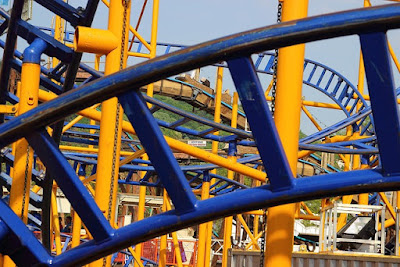Click here to read this mailing online.
Here are the latest updates for nurhasaan10@gmail.com "Free Technology for Teachers" - 3 new articles
Amusement Park Physics LessonsWe're going to Story Land today! It's a fairy tale themed amusement park for little kids. It's perfect for my daughters and their cousins who are coming with us. Going to Story Land is a good reason to share some science lessons that can be taught through the context of amusement park rides like roller coasters and spinning tea cups.
Three Self-paced Courses You Can Complete This SummerIf you're interested in a professional development course that you can do while sitting outside this summer, take a look at the courses I offer through PracticalEdTech.com. Animated Explanations! Why Wet Dogs Are Smelly - Another Lesson Inspired by My DaughtersSpring and summer so far have been exceptionally wet here in Maine. It's starting to make us all a little nutty. Regardless of the weather, our dogs still need to run around and go for walks. A few days ago I took our dogs for a walk in the pouring rain. When I returned my youngest daughter commented on the smell of our wet dogs. Of course, that prompted her sister to then say "why are they so stinky?" Once again, my daughters raised a question that I've never thought about. I've just always accepted that wet dogs are smelly dogs. As one does when a child asks "why are wet dogs stinky?" I turned to YouTube. Sure enough, I quickly found a SciShow Kids video that addresses that very question. Why Are Wet Dogs Smelly? does a nice job of explaining to elementary school students that a dog's fur is home to a lot of microbes that become easier for humans to smell when a dog gets wet and then shakes his or her fur. More Recent Articles |
« Prev Post
Next Post »






ConversionConversion EmoticonEmoticon